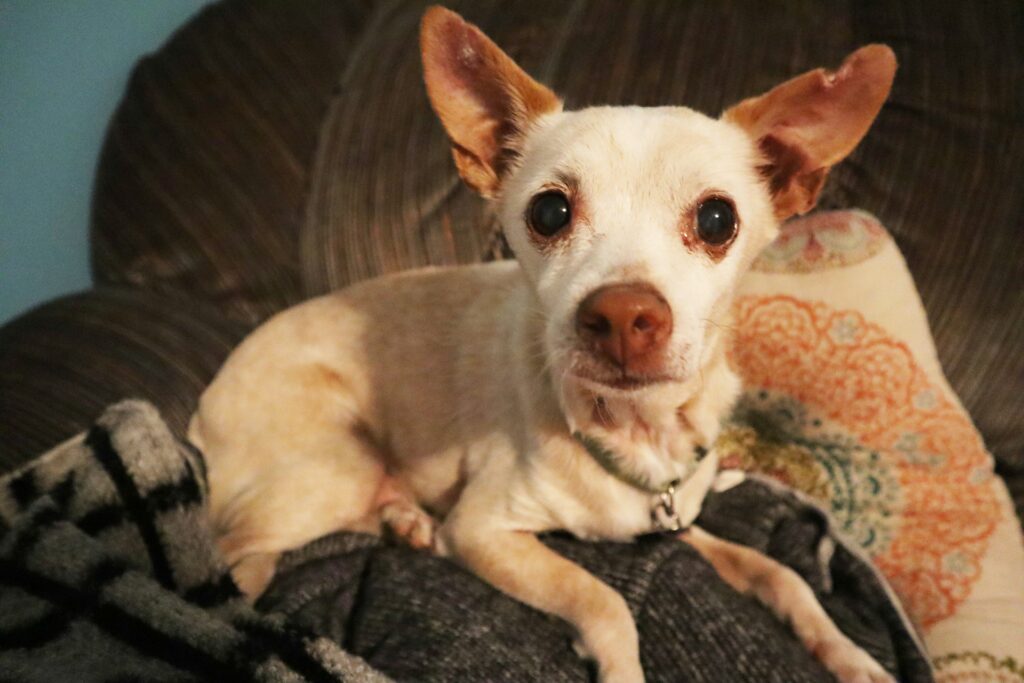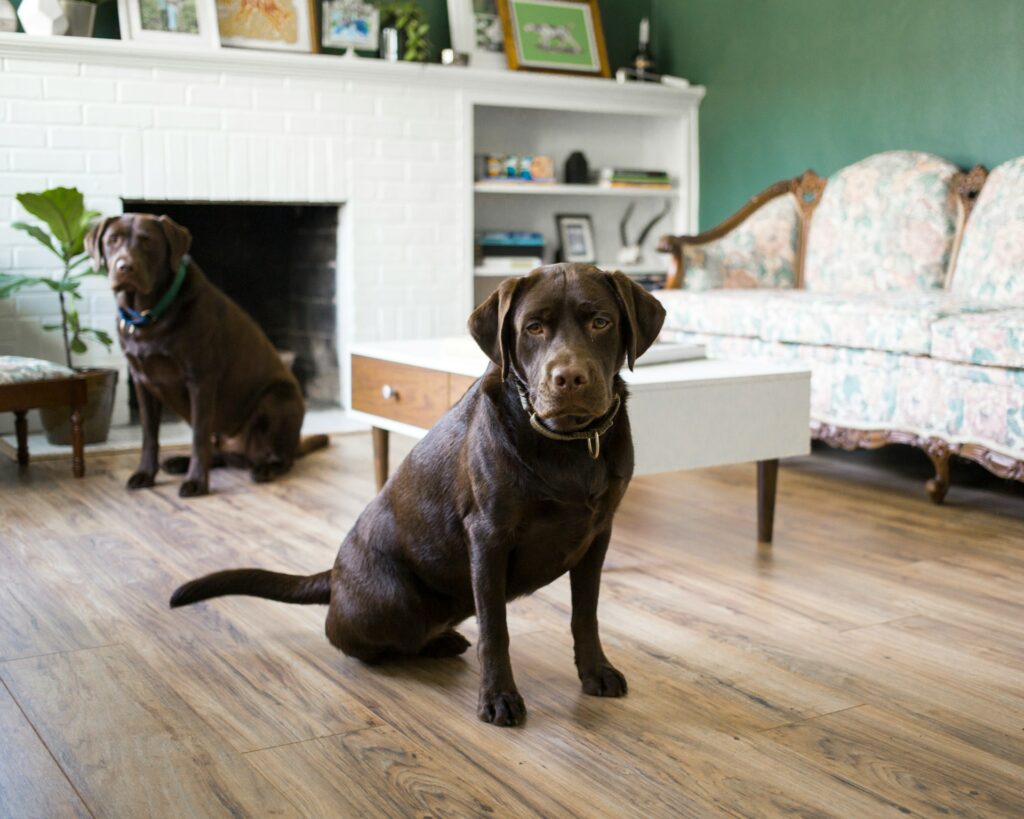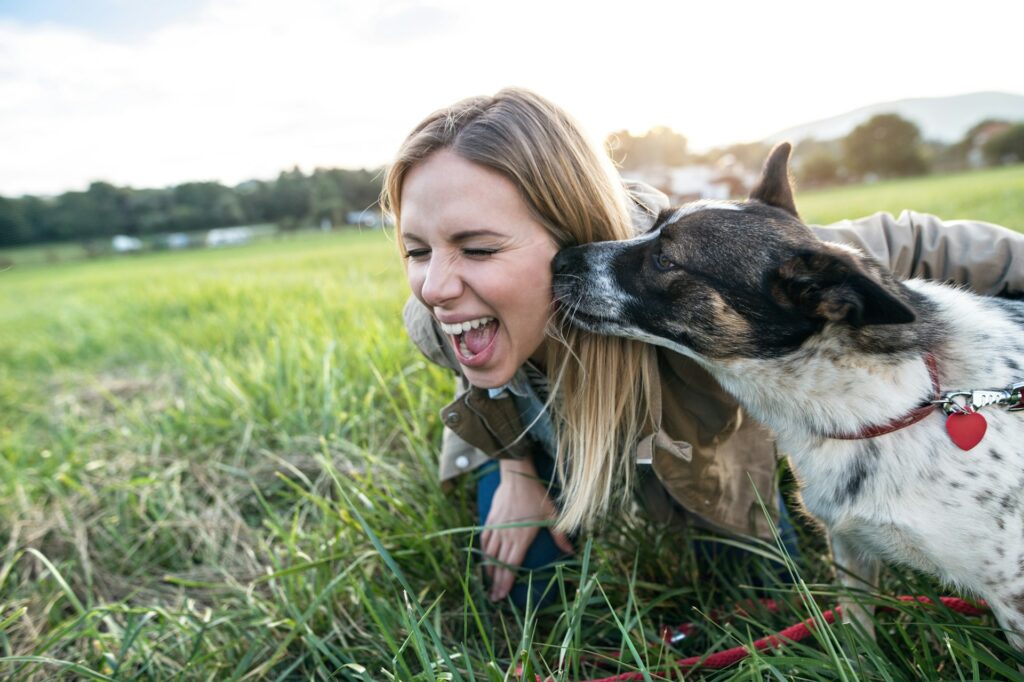Most people understand that dogs need daily walks, playtime, and good food to stay healthy, but mental stimulation is just as vital, and it’s often overlooked.

A dog’s brain, like ours, needs regular challenges and engagement to stay sharp. When that need goes unmet, the effects can be surprisingly intense. Boredom in dogs doesn’t look like staring out the window. It often shows up as frustration, restlessness, or behaviours that leave owners feeling exasperated.
Whether you live with a clever Border Collie who picks up commands in seconds or a laid-back Labrador who’s content with a sniff around the garden, all dogs benefit from mental stimulation. Many don’t get enough of it. And that can lead to behavioural problems that people often misread as stubbornness, anxiety, or disobedience, when in fact, the dog just needs more to think about and do.
Why mental stimulation matters

Dogs are naturally intelligent, inquisitive animals. For thousands of years, they’ve lived alongside humans not just as pets, but as working partners. Herding livestock, retrieving game, guarding property, pulling sleds—many breeds were developed with specific jobs in mind. Those instincts haven’t disappeared, even in dogs who have never stepped foot on a farm. They still crave purpose.
Without a job or meaningful engagement, a dog’s mind can start to spiral. That pent-up energy doesn’t vanish—it looks for an outlet. And unfortunately, that outlet is often your furniture, your garden, or your patience. Chewing shoes, shredding toilet paper, barking at every leaf, chasing shadows—these aren’t simply signs of a dog being difficult. They’re signs of a dog trying to meet its unmet needs.
This isn’t just about behaviour. There’s also a direct link to health. Cognitive stimulation helps reduce stress and supports overall mental wellbeing. For older dogs, it can even slow cognitive decline. A 2018 study published in Frontiers in Veterinary Science showed that interactive games and social enrichment can help maintain brain health in ageing dogs. Regular mental challenges keep dogs alert, curious, and better able to cope with changes in their environment.
Signs your dog might be mentally under-stimulated

Not sure whether your dog needs more mental stimulation? Many signs are subtle at first, but they build up over time. Some dogs become hyperactive, while others seem withdrawn or restless. Here are some common clues:
Restlessness, pacing, or struggling to settle
Seemingly boundless energy, even after exercise
Destructive behaviour like chewing or digging
Overreacting to small triggers (doorbells, passing cars, other dogs)
Whining, barking, or constantly seeking attention
Obsessive licking or other repetitive behaviours
It’s easy to mistake these things for bad behaviour. But when a dog’s brain is underused, they’ll find their own ways to stay busy, and they’re rarely the ways we want. Once you start adding more enrichment into their daily life, you may be surprised how quickly those problem behaviours fade.
Easy ways to build more mental stimulation into everyday life

The idea of adding “mental stimulation” might sound like more work, but it doesn’t need to be. You don’t have to be a dog trainer or turn your living room into a dog gym. A few small changes can go a long way. Here are some manageable, low-effort ways to give your dog’s brain more to work with:
Use puzzle feeders or food-dispensing toys: Mealtime is an easy opportunity to work your dog’s mind. Toys like Kongs, snuffle mats, or treat balls turn eating into a challenge.
Teach something new: This could be a formal command or a fun trick. Whether it’s “spin,” “shake,” or “find it,” learning keeps their minds sharp.
Change up your walk routine: Let your dog choose the direction. Walk somewhere new. Pause and let them sniff for longer. New sights and smells are stimulating.
Play hide and seek: Hide around the house and let your dog find you. Or hide a favourite toy or treat and encourage them to hunt for it.
Rotate toys: Just like kids, dogs get bored of the same toys. Keeping a selection and rotating them every few days keeps things feeling fresh.
Try DIY games: Use cups for shell games, create a homemade obstacle course, or stuff cardboard boxes with newspaper and hidden treats.
Let them sniff: Scent work is one of the best mental workouts for a dog. Let them take their time sniffing trees, bushes, and posts on walks—it’s how they make sense of the world.
Even 10-15 minutes of focused mental activity a day can improve your dog’s behaviour and mood significantly. It’s not about replacing walks or exercise. It’s about giving them a fuller, more interesting life.
Tailoring stimulation to your dog’s needs

Just like humans, every dog is different. What works for one might not work for another. High-energy working breeds like Border Collies or Belgian Malinois will thrive with complex tasks, agility training, or advanced obedience work. Scent hounds like Beagles or Basset Hounds love nose games and sniffing activities. Even toy breeds and older dogs enjoy simple puzzles, gentle training sessions, or interactive toys.
It’s also about finding the right balance. Overloading a dog with constant tasks can be just as stressful as leaving them with nothing to do. Pay attention to your dog’s reactions. Are they engaged and focused? Or are they losing interest or showing signs of fatigue? You’ll start to notice what they enjoy, and you can adjust from there.
Age is also a factor. Puppies benefit from short bursts of stimulation and gentle learning games to build confidence. Senior dogs may prefer low-impact activities like scent work or passive puzzle toys. The key is to find ways to meet them where they are.
Why it matters so much

Dogs want more than food and walks. They want to think, explore, and feel purposeful. A dog who has opportunities to problem-solve and engage with their environment is often calmer, more relaxed, and easier to live with. You’ll likely see a difference in focus, responsiveness, and even sleep quality.
Mental stimulation also strengthens the bond between you and your dog. Training, play, and interactive activities aren’t just good for your dog’s brain—they’re also time spent together. That connection deepens trust, reduces stress, and creates a more rewarding relationship on both sides.
Dogs don’t just need to be exercised. They need to be heard, seen, and mentally engaged. A dog who’s mentally satisfied is far more likely to be content, well-behaved, and in tune with their humans.
Mental stimulation isn’t a luxury—it’s a need.

The good news is, it doesn’t require fancy gear, complicated routines, or hours of extra work. It’s about being thoughtful with the time you already spend with your dog. A bit more variety, a bit more challenge, and a bit more interaction can go a long way.
By giving your dog more to do not just physically, but mentally, you’re helping them lead a richer, more fulfilling life. You’ll likely find they’re not only better behaved, but also happier, more settled, and more connected to you.
A tired dog isn’t always a happy dog. But a mentally satisfied one usually is, and they’ll thank you for it every day.